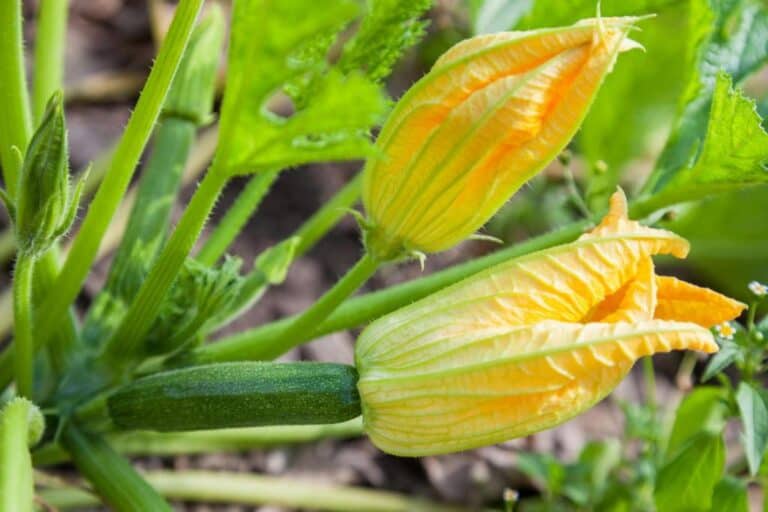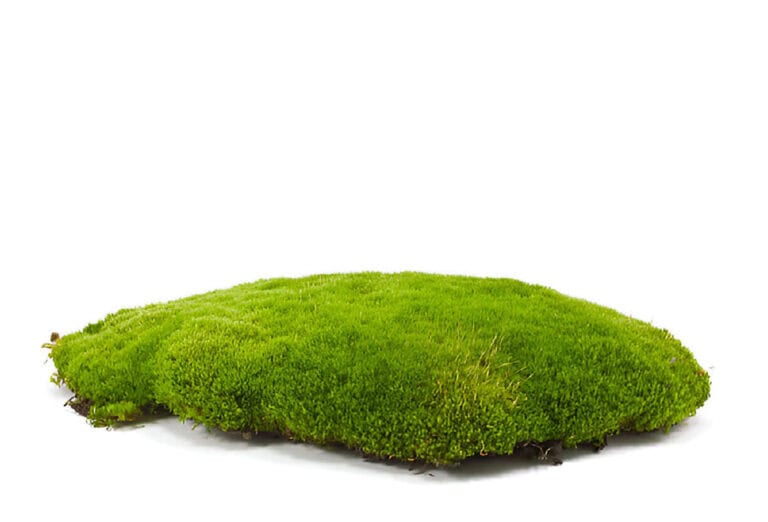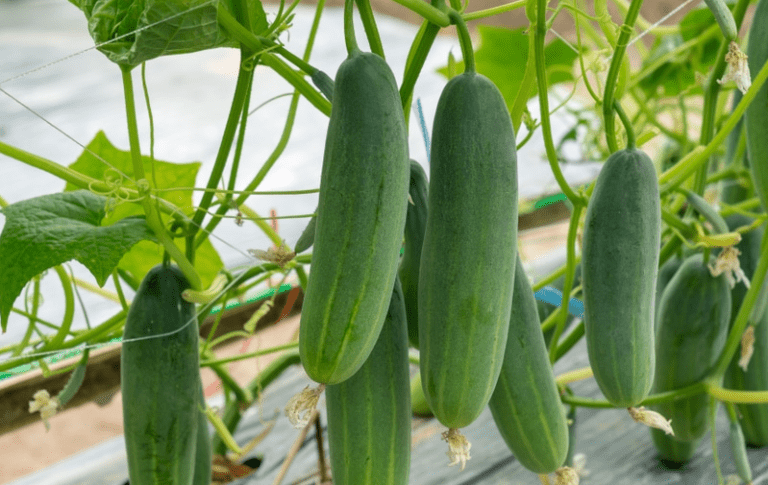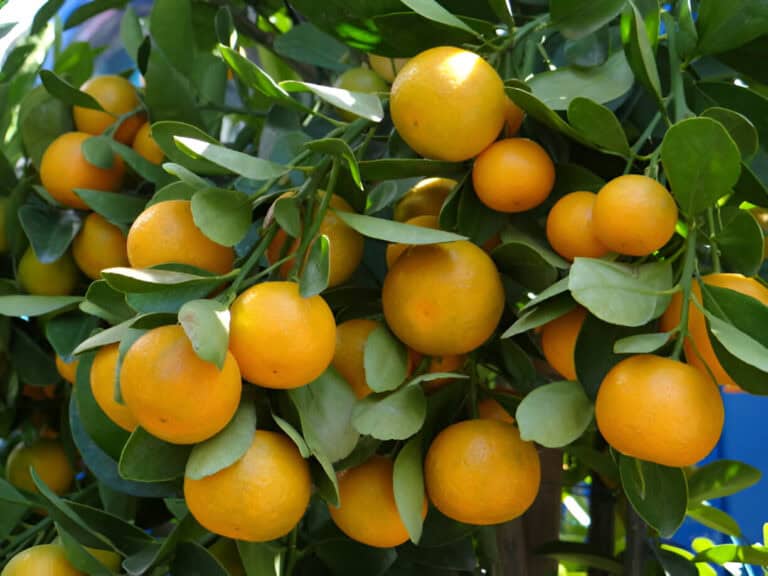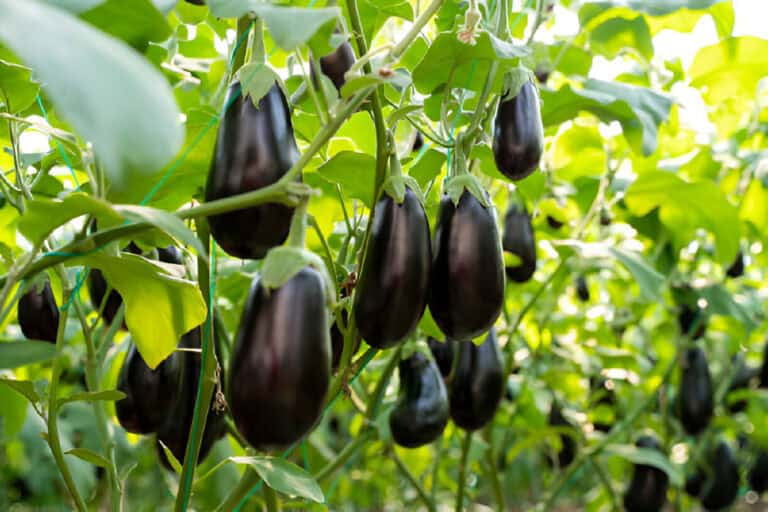Does Overseeding a Lawn Actually Work? Here’s My Take on It!
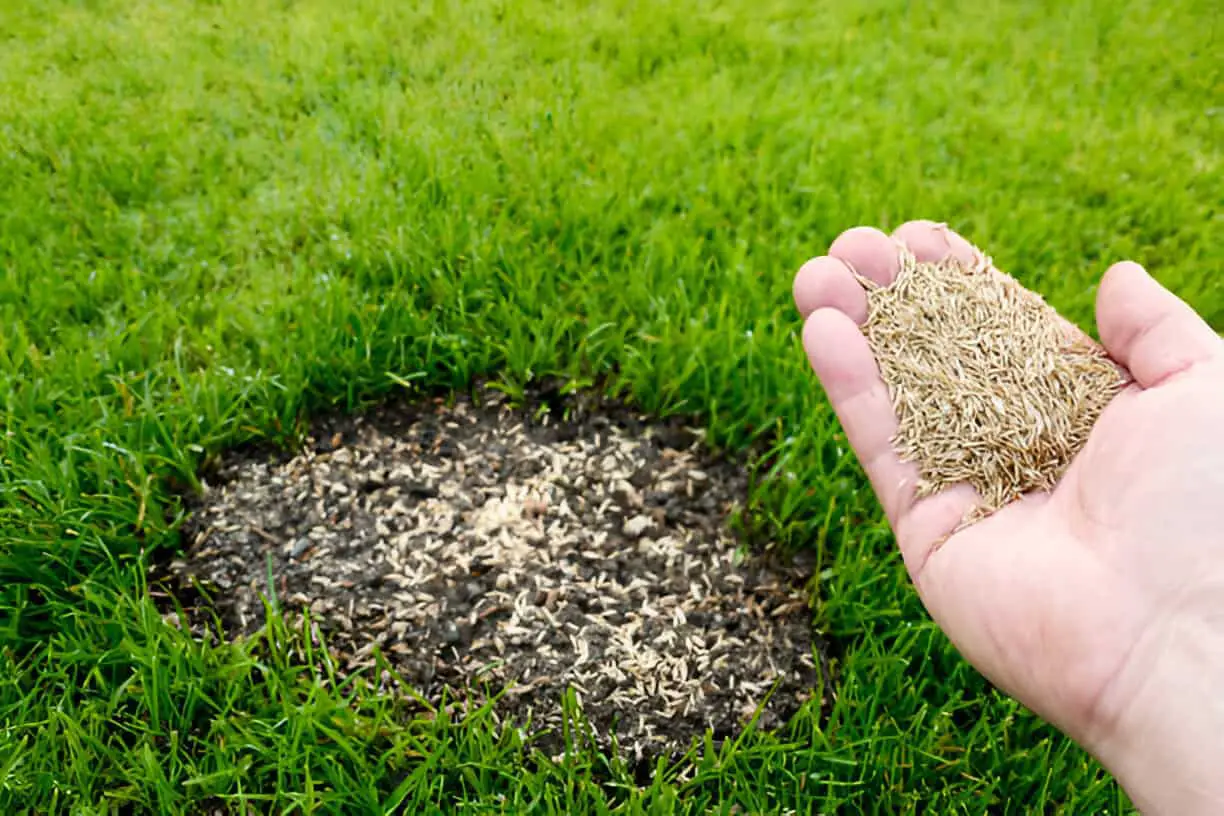
When I first started taking care of my lawn, I heard a lot about overseeding, but I wasn’t sure if it was the real deal or just another garden trend. Everyone talks about that dream lawn – lush, green, and thick enough to make your neighbors envious – but does overseeding actually make a difference? Well, after digging deep into the science and trying it out for myself, I can confidently say that overseeding does more than just patch up a few bald spots.
Let’s dive into the nuts and bolts of overseeding and whether it’s worth your time and effort.
What Exactly Is Overseeding a Lawn?
In the simplest terms, overseeding is sprinkling new grass seeds into your existing lawn without ripping up the old grass or tilling the soil. Think of it like adding some fresh layers to a favorite sweater—no need to toss it out, but it could use some new yarn to keep it cozy.
When done right, overseeding fills in those thin or bare patches and improves the overall health of your lawn, making it more resilient to disease and weeds. Plus, it can even brighten up the color!
I’ve found it especially useful when my lawn starts looking tired and needs a little TLC, rather than starting from scratch. The beauty of overseeding is that it’s straightforward and doesn’t require any major renovation.
The Real Perks of Overseeding
I’m all about working smarter, not harder, especially when it comes to lawn care. Overseeding is one of those strategies that help you work smarter by letting nature do its thing. Here’s how it benefits your lawn:
- Thicker, Healthier Turf: Older lawns often consist of outdated grass types that aren’t as resilient. Overseeding with new varieties boosts your lawn’s thickness and health.
- Resilience Against Weeds and Disease: A dense lawn creates a natural defense against weeds. When weeds can’t find room to grow, they don’t stand a chance.
- Improved Appearance: You’ll notice an enhanced color and overall vibrancy. Nothing says curb appeal like a thick, lush, green lawn!
- Lower Maintenance: Newer grass varieties often need less water, fertilizer, and pesticides than older varieties, which means more time to enjoy your lawn and less time working on it.
When Should You Overseed?
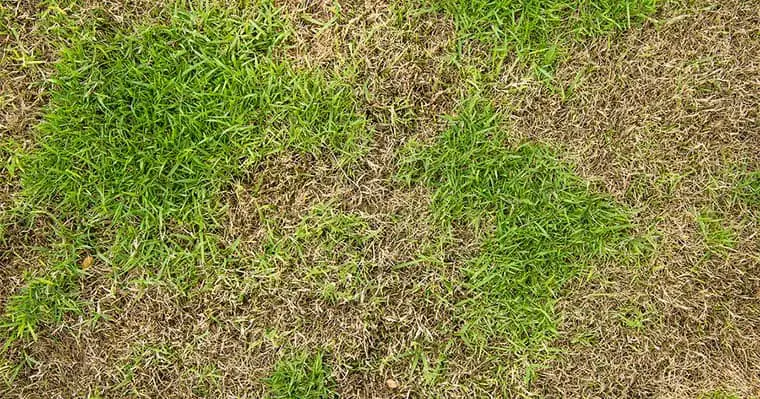
Timing plays a big role in successful overseeing. I’ve overseeded in both fall and spring, and I’ve seen much better results in late summer to early fall.
Why? Cooler temperatures and plenty of moisture create the perfect environment for seeds to take root and establish themselves before winter.
| Season | Why It’s Good for Overseeding |
| Late Summer to Early Fall | Grass has time to establish before winter. Cooler temps and reduced weed competition. |
| Spring | Another growing period, but watch out for weed competition. |
| Late Fall or Winter | Known as dormant seeding; good if you live in colder climates with consistent snow cover. |
Avoid overseeding during the midsummer heat unless you have a solid irrigation system and are ready to battle weeds, drought, and potential lawn diseases.
See Also: 5 Ways to Get Your Lawn Ready for Spring
Prepping for Overseeding: How to Set Yourself Up for Success
I learned early on that preparation is key. Overseeding without proper prep is like planting seeds in a desert—nothing’s going to grow! Here’s what I do to ensure the best results:
- Mow Low: Cut your grass down to about 2 inches or less. This gives the seeds a better chance to reach the soil.
- Remove Clippings: Make sure to get rid of grass clippings or thatch that might prevent seeds from making contact with the soil.
- Dethatching: If you have excess thatch buildup (more than ½ inch), I highly recommend dethatching. Too much thatch can suffocate new seeds.
- Aerate: This is a game changer! Aerating your lawn before overseeding allows water, air, and nutrients to reach the roots. I use a core aerator, which removes small plugs of soil, leaving space for the new seeds to settle in.
Methods of Overseeding: Which Should You Choose?
So, how do you actually overseed? There are two primary methods, and I’ve used both depending on the tools I had available.
1. Slit-Seeding (Best Method)
If you’re after precision and efficiency, slit-seeding is the way to go. A mechanical slit-seeder creates small furrows in the soil and drops the seeds directly in, ensuring maximum soil contact. The seed-to-soil contact with slit-seeding means better germination rates, which results in a thicker, more uniform lawn.
This method works well when you want to avoid that frustrating patchy or striped look. I like to crisscross my yard at a 45° angle to ensure full coverage.
2. Broadcast Seeding (Alternative Method)
If you don’t have access to a slit-seeder, you can go old-school with a broadcast or drop seeder. But here’s the catch—you’ll need to aerate thoroughly beforehand, and even then, some seeds will get stuck in the thatch. While broadcast seeding gets the job done, it generally requires more seeds since the germination rate won’t be as high as with slit-seeding.
| Method | Pros | Cons |
| Slit-Seeding | Higher germination rate, more uniform coverage, less seed waste | Requires special equipment |
| Broadcast Seeding | Easier for DIYers, more accessible | Lower germination, more seeds required, patchy results possible |
Post-Overseeding Lawn Care: The Real Work Begins
After overseeding, the hardest part is waiting. But while the grass seeds germinate, you’ll need to keep up with a solid watering schedule. Trust me, I’ve made the mistake when seeding my lawn by skipping a few days, and it can set you back big time.
Here’s the watering schedule I follow:
- Immediately After Seeding: Water heavily to wash the seeds into the soil.
- First 10-14 Days: Water lightly but frequently—just enough to keep the soil damp but not soaked.
- After Germination: Reduce watering frequency but increase the amount of water per session to encourage deeper root growth.
How Long Does It Take to See Results?
Within about 5-7 days, you should start seeing tiny green sprouts poking through. It’s like watching a mini miracle unfold! Full lawn coverage can take up to 8 weeks, depending on the grass type and weather conditions.
Choosing the Right Seed for Your Lawn
Not all grass is created equal, and your climate will largely determine the type of grass seed you need. I live in an area with cooler summers and cold winters, so I tend to go with cool-season grasses like Kentucky Bluegrass or Fescues.
| Grass Type | Best for |
| Kentucky Bluegrass | Cooler climates |
| Perennial Ryegrass | Quick germination, cooler regions |
| Bermudagrass | Hot, southern climates |
| Tall Fescue | Versatile, used in various regions |
If you’re not sure which type of grass works best in your area, check with your local garden center or county extension office.
The Final Verdict: Does Overseeding Work?
So, does overseeding actually work? Absolutely! When done right, it revives your lawn, fills in those frustrating bare patches, and creates a healthier, more resilient turf. While it requires some patience and effort upfront, the payoff—a greener, thicker lawn—makes it totally worth it.
In the end, overseeding is a bit like giving your lawn a fresh lease on life, and who doesn’t want a lawn that can roll with the punches of weather, foot traffic, and the occasional pet digging? Happy overseeding!


